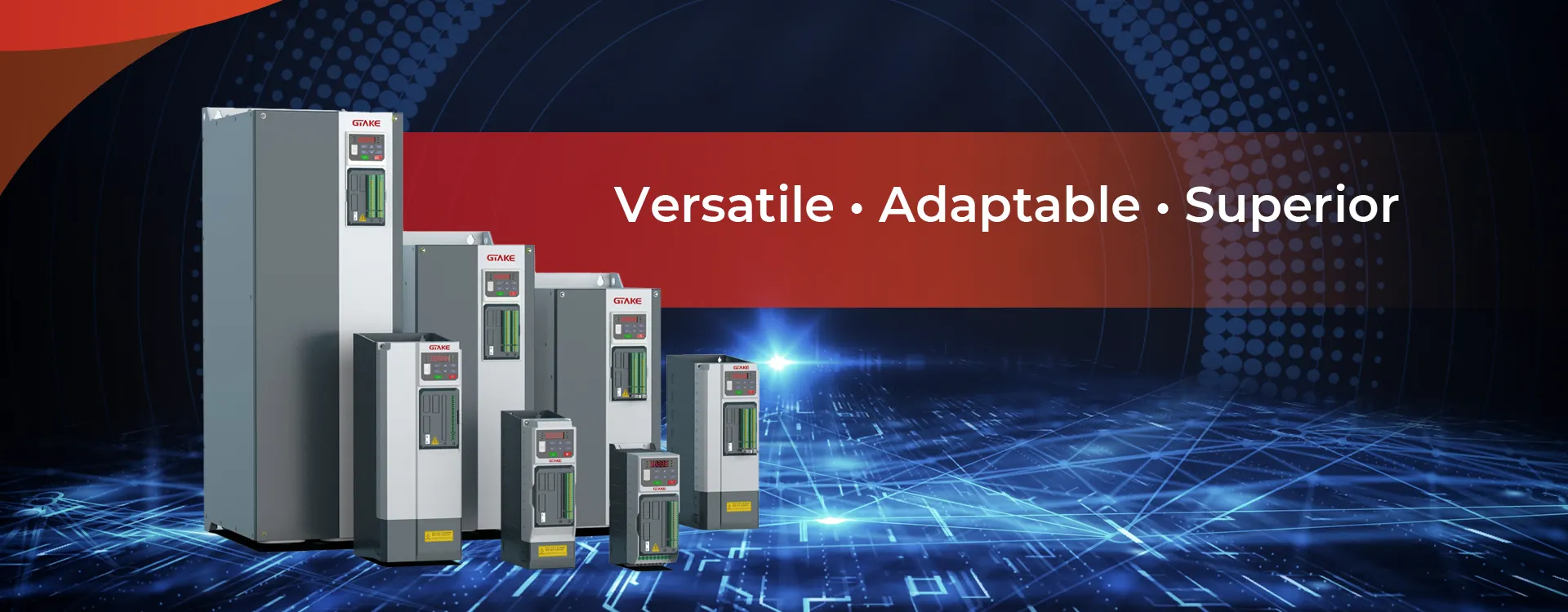EV Controller: The Brain Behind Electric Vehicle Operation
The EV controller is a critical component in electric vehicles (EVs), acting as the brain of the vehicle’s electric propulsion system. It manages the flow of power between the battery, electric motor, and other vehicle systems, ensuring smooth acceleration, deceleration, energy efficiency, and safety. In this article, we will explore the role, functions, and importance of the EV controller, how it works, and the types of controllers used in modern electric vehicles.
What is an EV Controller?
An EV controller is an electronic device that manages and controls the flow of electrical power within the electric vehicle. It works by interfacing with several components, such as the battery management system (BMS), electric motor, inverter, and other vehicle systems, to ensure optimal performance. The controller’s primary functions include controlling the speed of the electric motor, managing torque, and ensuring smooth operation during acceleration, deceleration, and regenerative braking.
It can be seen as the central control unit for the electric drivetrain. Just like a brain coordinates the functions of the human body, the EV controller ensures that all parts of the vehicle work together harmoniously.
Key Functions of an EV Controller
- Motor Control
The EV controller regulates the speed and torque of the electric motor. It receives inputs from the accelerator pedal and adjusts the output to the motor, ensuring smooth and responsive driving. The controller adjusts the power supplied to the motor in real-time, ensuring that the vehicle accelerates, decelerates, and drives efficiently.
- Torque Management
The controller manages the torque output from the motor, allowing for controlled acceleration and deceleration. Torque management is especially important for electric vehicles because EVs are known for their instant torque, which requires precise control to avoid jerky starts or sudden accelerations.
- Energy Management
The EV controller also plays a critical role in managing the flow of energy between the battery, motor, and other systems in the vehicle. By ensuring efficient power delivery, the controller optimizes the driving range and energy consumption of the vehicle. This is especially important for maximizing battery life and minimizing energy loss.
- Regenerative Braking Control
Regenerative braking is one of the key features of electric vehicles that helps recover energy during braking and feeds it back into the battery. The controller manages this process by controlling the motor to act as a generator during braking, converting kinetic energy into electrical energy. This reduces wear on traditional brake systems and helps extend the driving range by recharging the battery during deceleration.
- Safety and Protection
The EV controller includes safety features to protect the electric motor, battery, and vehicle systems. It monitors parameters such as temperature, voltage, and current to prevent overcharging, overvoltage, and overheating, which could potentially damage components or lead to failure. It also ensures safe operation by limiting the maximum speed and torque based on predefined safety thresholds.
- Communication with the Battery Management System (BMS)
The EV controller communicates with the Battery Management System (BMS) to monitor the state of charge, temperature, and health of the battery pack. This ensures the battery operates within safe limits and helps manage charging and discharging cycles effectively.
How Does the EV Controller Work?
The EV controller operates as the central unit in the powertrain, coordinating between the battery, electric motor, inverter, and other systems. The process begins when the driver presses the accelerator pedal, sending a signal to the controller. Based on the input, the controller determines the appropriate amount of power needed from the battery and how much torque is required from the motor.
Here’s how the typical sequence works:
- Input from Accelerator Pedal
When the driver presses the accelerator pedal, the controller receives this input, which is converted into a demand for motor power (speed and torque).
- Power Management
The controller sends commands to the inverter to adjust the output of the motor. It regulates the voltage and current sent to the motor, which in turn controls the motor’s speed and torque.
- Motor Operation
Based on the controller’s commands, the electric motor adjusts its rotation speed and torque to provide the required acceleration or deceleration.
- Regenerative Braking (When Activated)
If the driver applies the brakes or releases the accelerator, the controller activates regenerative braking, where the motor acts as a generator, converting kinetic energy into electrical energy, which is then stored back in the battery.
- Communication with the BMS
The controller also communicates with the BMS to ensure that the battery is operating safely and efficiently, adjusting the power flow as needed.
Types of EV Controllers
There are several types of controllers used in electric vehicles, depending on the motor type, performance requirements, and vehicle design. Some of the most common types include:
- DC Motor Controllers
DC motor controllers are typically used in electric vehicles that feature DC motors, such as brushed DC motors. These controllers regulate the voltage and current applied to the motor and manage the speed and torque accordingly.
- AC Motor Controllers
AC motor controllers are used in electric vehicles with AC motors, such as synchronous motors or induction motors. These controllers adjust the frequency and voltage to control the speed and torque of the motor. AC motor controllers are more complex than DC motor controllers but offer higher efficiency and performance.
- Permanent Magnet Synchronous Motor (PMSM) Controllers
PMSM controllers are specifically designed for vehicles with permanent magnet synchronous motors, which are increasingly popular in modern EVs due to their high efficiency and performance. These controllers provide precise control over the motor’s torque and speed using field-oriented control (FOC) techniques.
- Integrated Controllers
Some modern electric vehicles feature integrated controllers, where the controller, inverter, and sometimes even the motor are housed in a single compact unit. Integrated systems help reduce the overall weight and complexity of the drivetrain, making them ideal for smaller vehicles like electric scooters and motorcycles.
Why is the EV Controller Important?
- Improved Performance and Driving Experience
The EV controller is essential for ensuring that the electric motor delivers the right amount of power based on the driver’s input. This results in smooth acceleration, deceleration, and an overall improved driving experience. The controller’s ability to precisely manage torque and speed makes driving an EV responsive and intuitive.
- Energy Efficiency
By managing the energy flow between the motor, battery, and other components, the EV controller ensures that energy is used efficiently. It helps optimize the vehicle’s range and battery life, reducing energy waste and improving overall performance.
- Battery Protection and Longevity
The EV controller plays a crucial role in protecting the battery by monitoring the battery’s charge and temperature. It ensures that the battery operates within safe limits, preventing damage and extending its lifespan.
- Safety and Reliability
The EV controller ensures that the electric motor and other vehicle systems are operating safely. It monitors parameters like voltage, current, and temperature, protecting the vehicle’s components from damage and preventing failures.
Challenges and Future Trends
- Integration with Autonomous and Connected Vehicles
As the automotive industry moves toward autonomous and connected vehicles, the role of the EV controller will expand. Future controllers will likely integrate with advanced driver assistance systems (ADAS) and autonomous driving algorithms to ensure seamless control and performance in automated driving scenarios.
- Improving Energy Efficiency
As electric vehicles become more advanced, manufacturers will continue to focus on improving the energy efficiency of EV controllers. Innovations in control algorithms, thermal management, and integration with other vehicle systems will drive future improvements.
- Enhanced Communication with Vehicle Systems
Future EV controllers will need to communicate more effectively with a wide range of vehicle systems, including energy management, infotainment, and telematics. Advanced communication protocols and the integration of artificial intelligence (AI) could lead to controllers that optimize energy use, driving behavior, and performance in real-time.
Conclusion: The Vital Role of the EV Controller
The EV controller is a fundamental component of electric vehicles, responsible for managing the power flow between the battery, electric motor, and other vehicle systems. It ensures smooth operation, optimal performance, and energy efficiency, making it essential for the overall functioning of modern electric vehicles. As EV technology continues to evolve, the role of the controller will become even more crucial in ensuring that vehicles operate safely, efficiently, and seamlessly, while enabling new features like autonomous driving and V2X communication.

